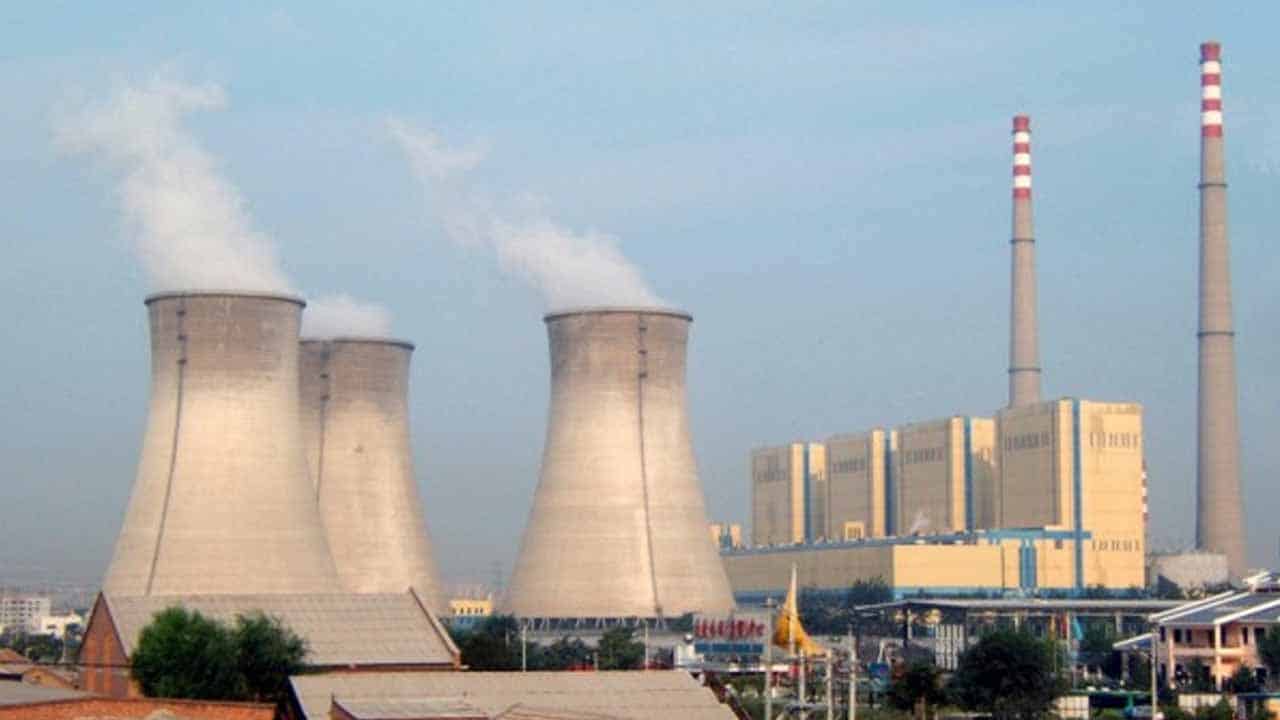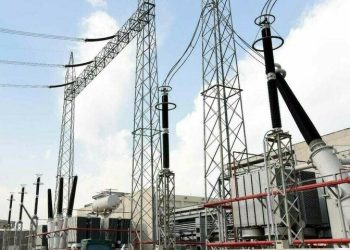In an effort to ease a crushing foreign exchange crisis, Pakistan wants to double its domestic coal-fired capacity in order to lower power generation costs and will not build new gas-fired plants in the future years, the country’s energy minister told on Monday.
Last year, a lack of natural gas—which generates over a third of the nation’s electricity—left several regions in the dark for long periods of time. LNG had become unaffordable for Pakistan due to a rise in LNG costs on a worldwide scale following Russia’s invasion of Ukraine and the economic crisis.
According to Pakistan’s Energy Minister Khurram Dastgir Khan, “LNG is no longer part of the long-term plan.” He also stated that the nation intends to raise domestic coal-fired power capacity from 2.31 GW to 10 GW in the medium term.
At a time when several developing countries are struggling to keep the lights on, Pakistan’s proposal to convert to coal in order to supply its residents with dependable electricity highlights the difficulties in implementing efficient emissions reduction programs.
Even though Pakistan’s yearly LNG imports decreased to their lowest levels in five years in 2022, the country’s power demand increased. This was due to European purchasers displacing price-sensitive consumers.
“We have some of the most effective regasified LNG-based power plants in the entire world. However, we lack the gas to power them “Dastgir stated in a conversation. He added the country in South Asia, which is struggling with a severe economic crisis and is in desperate need of money, is trying to lower the cost of its gasoline imports and shield itself from geopolitical shocks.
The central bank of Pakistan’s foreign exchange holdings has decreased to $2.9 billion, just enough to pay imports for three weeks. It’s crucial to be able to produce energy not only affordable but also from domestic sources, according to Dastgir.
The 1.32 GW Shanghai Electric Thar facility, which is powered by local coal and is supported by the China-Pakistan Economic Corridor (CPEC), began generating electricity last week. A component of Beijing’s worldwide Belt and Road Initiative is the CPEC. Without going into further detail, Dastgir stated that Pakistan also intended to increase the number of its nuclear, solar, and hydropower facilities.
If the proposed plants are built, the gap between Pakistan’s existing power generation capacity and its electricity demand may expand, potentially pushing the nation to idle plants.
In the year that concluded in June 2022, Pakistan was able to meet a maximum power demand of 28.25 GW, which is more than 35% less than its power generation capacity of 43.77 GW.
It is unclear how Pakistan will pay for the proposed coal fleet, but Dastgir stated that the construction of new plants will depend on “investor interest,” which he anticipates rising as the viability of newly commissioned coal-fired facilities is established. Financial institutions in China and Japan, which are among the biggest financiers of coal units in developing countries, have been backing out of funding fossil-fuel projects in recent years amid pressure from activists and Western governments.






